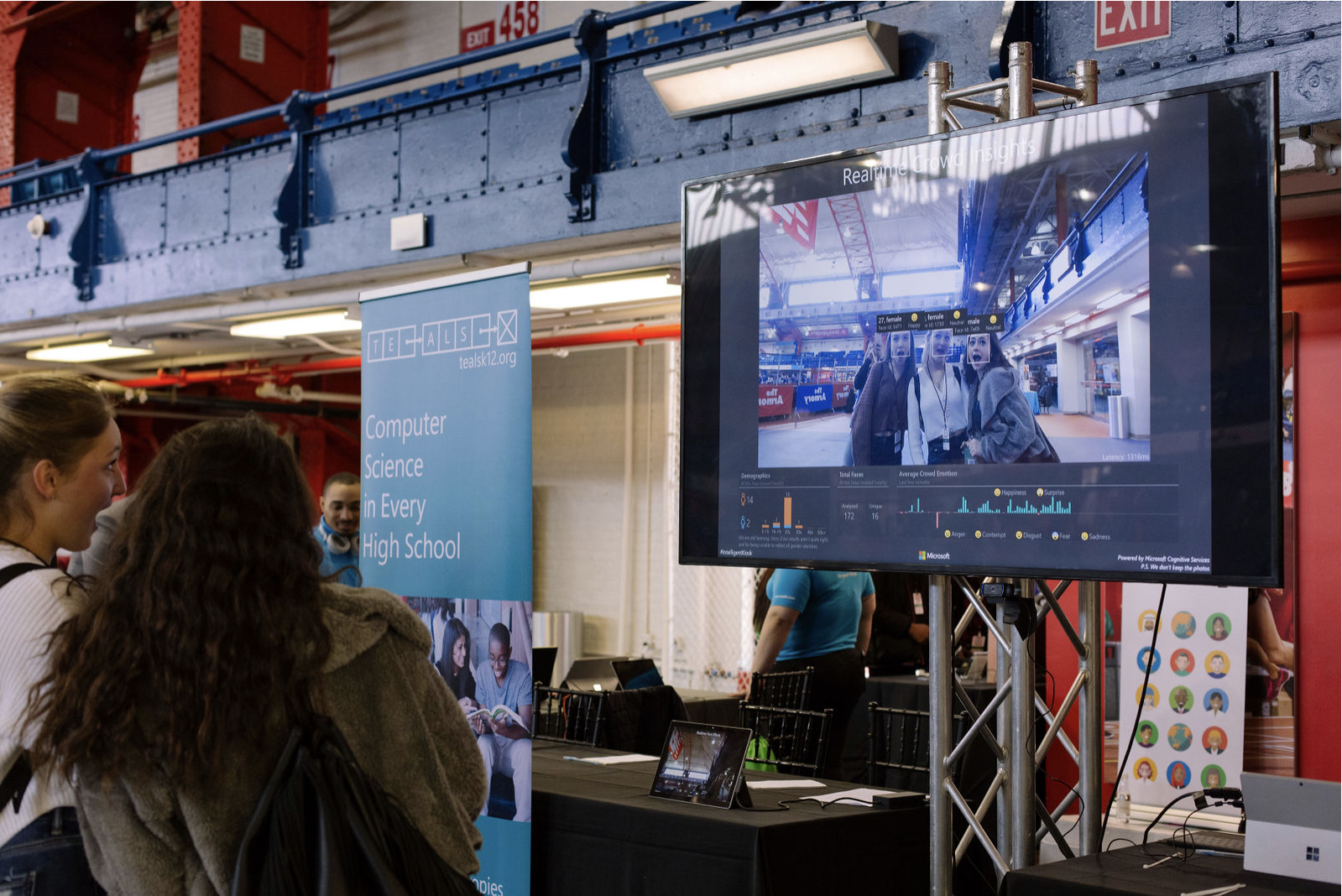Kickstarter Turns Ten
I noticed that the Kickstarter logo on my phone had confetti on this this morning.

So I clicked on it and the app loaded this message on startup:

I like that they ended that birthday message with “show me projects”. Even in celebrating ten years, 16 million backers, $4 billion in funding to 160,000 projects across 22 different countries, Kickstarter is reminding us that their mission is to help bring creative projects to life.
As Aziz Hasan, Kickstarter’s new CEO wrote in his blog post today;
We’ve accomplished a lot since 2009, but we also recognize that we still have a lot to do — creative work needs more support. At Kickstarter, that means we have a responsibility to evolve our service, strengthen our dedication, and increase our impact.
In the midst of all of that serious work, Kickstarter is also having some fun with their tenth anniversary. If you go to the Kickstarter 10 landing page you will find amazing project stories as well as some fun things to do there. Click on the Kickstarter 10 logo to get started on the fun.
So to help Kickstarter celebrate it’s tenth anniversary this week, go visit them, have some fun with the “easter eggs” and find a fun project to back too.
I plan to go do that now myself.





